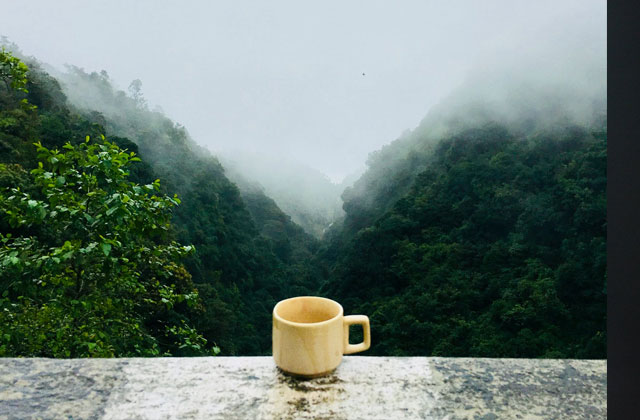Understanding How Your Coffee’s Flavor Gets Impacted by Location

Many people are territorial about where they like their beverages to be sourced from. Some people will only drink vodka from Russia or wine from France, for example. When it comes to crafting the perfect espresso or cup of morning Joe, some coffee drinkers are exactly the same way, insisting they prefer Guatemalan coffee to Indonesian or Kenyan over Colombian.
But is there really anything to it? Do different regions really affect the taste of coffee? Read on to find out just how the region where your coffee is grown, may impact what you taste in the cup.
Does Region Affect Coffee Taste?
In fact, the region where your coffee beans are grown does indeed affect coffee flavor, as you might have guessed. Coffee experts, however, are not exactly sure why.
It could be that certain varieties of coffee just happen to be the favorite of coffee growers in that region, or it could be in the way the coffee is processed. It could be the climate. It could be a combination of all of these things.
Whatever the reason, what we do know is that different regions do tend to produce different tasting coffees. Here’s a guide to various coffee-producing regions and the flavors they tend to produce.
Central America (Guatemala, Honduras, Costa Rica, etc.)
Because Central America is so close to the United States, your average coffee drinker in America is probably accustomed to the flavor of Central American coffee. Central American countries usually produce a reliable, washed Arabica with good balance and some fruity characteristics.
What type of fruity, acidic notes will vary, depending upon the exact country. Costa Rican coffees tend to have a heavier body, for example, while Panamanian coffees are much lighter.
South America (Colombia, Brazil, etc.)
If there’s one type of coffee most recognizable to Americans outside and perhaps even ahead of Central America, it’s Colombian coffee. These coffees tend to come with strongly sweet caramel notes and nutty undertones, with a delightful acidity and balanced, medium body. Colombian coffees continue to be very popular.
Brazilian coffee often caters to a slightly more discriminating taste. Unlike other coffees in the Central and South American regions, Brazilian coffees are usually unwashed, and are heavy-bodied coffees characterized by their nuttiness. Peruvian coffees are light bodied and bright, often with a chocolate aroma and a long finish.

Africa (Ethiopia, Kenya, Tanzania, etc.)
African coffees are often considered to be more exotic coffee when you ask the typical American drinker. There is a wide variety of different tastes among African coffee regions, however.
Many Ethiopian coffees have a floral or berry finish, while Kenyan coffees are known for their bright appearance and acidity. Tanzania is famous for its peaberry coffee, from a unique coffee cherry that some feel enhances flavor.
Coffee Beans From Indonesia
Perhaps even more exotic than African coffee is Indonesian coffee, 90 percent of which does not come from Arabica beans. When it comes to Indonesian coffee, it’s hard to know what you will get, as there is a wide variety among Indonesian coffee flavors. You can usually rely on an earthy coffee with a good body and a long finish, however.
Thailand Coffee
Though you may not have experienced it before, coffee from Thailand tends to rate very high among coffee aficionados. With tasting notes that speak to a high level of complexity, coffee from Thailand is being exported in greater and greater numbers, so be on the lookout if you’re ready to try this delicious treat.
Are you a diehard drinker of a coffee from a certain region? Did you not even realize that different coffee growing areas produce different flavors of coffee? If you didn’t, you might want to step out of your comfort zone and do a little world coffee tour. You just may discover a new favorite place for coffee!
